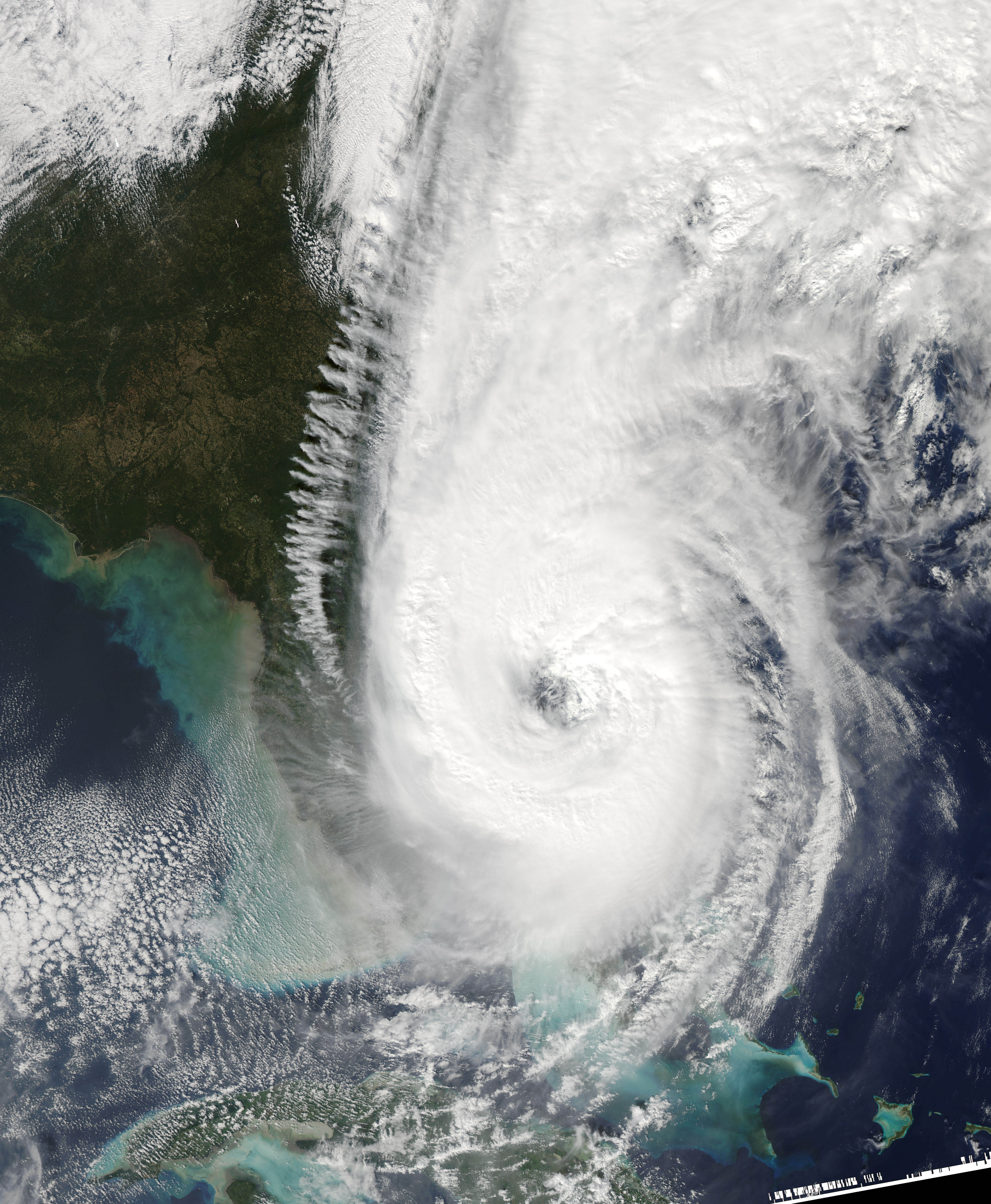Portastorm wrote:I'm with you SoupBone ... I get how a lack of vertical instability can inhibit tropical cyclone development. I'd be curious to know what is the CAUSE of the lack of instability. Weak MJO signal? Nonstop shear? A lack of high pressure? Volatile upper-level winds from different directions? A combination of any of all of these?
Hey Soup, Port, others
This is the site that maintains the Vertical Instability measurements
http://www.ssd.noaa.gov/PS/TROP/TCFP/atlantic.htmlThe matrix is located at the bottom of the page.
This is the definition for the observation I posted:
"VERTICAL INSTABILITY: The vertical average temperature difference between the equivalent potential temperature of a parcel lifted from the surface to 200 hPa, and the saturation equivalent potential temperature of the environment, for each 5° by 5° sub-region."
I am
not a professional scientists by any stretch of any imagination. I'm a low-life financial market trader - energy commodity futures specifically - and thus have an obligation to do my best to understand the threats posed by the tropics. I offer my explanation with the
strong caveat to seek better, more informed, explanations (hopefully I can goose one or two out of the board here).
Vertical instability is simply the temperature gradient from the surface to some higher height in the atmosphere - here 200 hPa or MBs - really high. Convection requires a vertical lapse rate - as a parcel of air will rise until it meets its ambient temperature. If the lapse rate isn't particularly steep, as it is in this situation, the propensity for parcels of air to shoot through the atmosphere (a fundamental condition for tropical development) is low.
My opinion, likely stated as fact: Remember, weather is just Mom Nature perpetually attempting the impossible: to balance the global heat imbalance. Tropical cyclones are one of the most efficient mechanisms in which she does this. If there isn't much heat imbalance to balance...then there isn't much opportunity for these mechanisms to really fire, all else equal.
Current readings in the Caribbean indicate a temperature gradient that is normal for May - not early August. So, as I believe I see it, the convective opportunity is akin to May, not August.
Why is this happening? I have no idea. None. It just tells me that the upper portions of the atmosphere are warmer than they normally are - defining a relatively muted heat imbalance from surface to, in this observation, 200 millibars.
Again, this is how I see it. I invite anyone to pick this apart as I believe this to be a very large reason we've seen limited excitement (not quantity, but quality - i.e. strength per storm) in the tropics in 2010 and thus far this early season.






